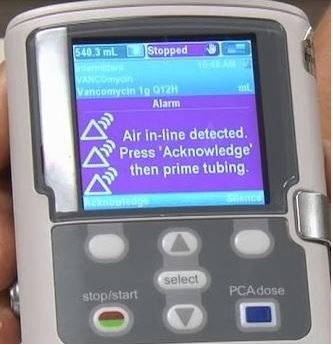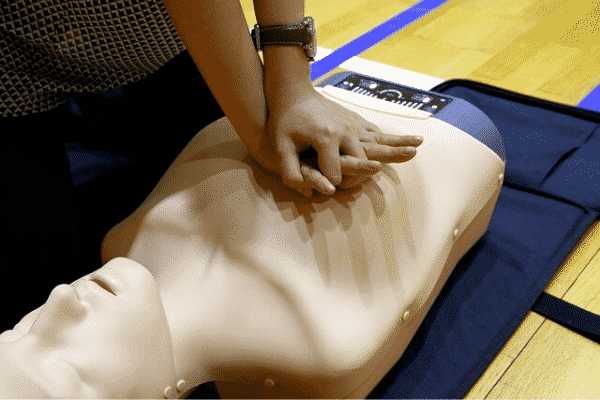
A Guide to Using Your Infusion Pump at Home
There are numerous uses for a new or refurbished infusion pump—antibiotics, chemotherapy drugs, pain medications, and more. Infusion pumps are essential for delivering necessary medications and fluids to your bloodstream. For your medication to be safe and effective, it is important that you know how to properly use your infusion pump.
What to do Before Using Your Infusion Pump for the First Time
Before you use your new infusion pump for the first time, it is recommended that you read the instructions that came with your pump. Keep the instructions handy in case you ever need to reference them in the future. It is important that you know when and how to use your pump. It is also important that you know what the pump display should say when in use. It is also going to be advantageous to understand all alarms and error messages that your pump may display. If possible, get a hands-on demonstration to understand exactly how your pump works and get all your questions answered.
How to Best Maintain Your Pump
When using your pump, it is crucial that you always place your pump and the coordinating supplies on a clean surface. Be sure to keep all food and drinks away from your pump. Each pump and/or medication is going to have different guidelines for how often to change out the tubing. Be sure you are following the instructions for your situation. Some pumps are equipped with a rechargeable battery, while others will be dependent upon standard batteries. Keep an eye on your pump’s battery level and change out or charge it as needed.
The Most Common Problems with Infusion Pumps and How to Manage Them
- Over or Under Infusion: This occurs when a pump is unable to deliver the correct dosage of medication at the correct rate. When this happens, you’ll first want to check the tubing for any leaks, kinks, twist, or disconnects. If the tubing checks out, next look for visible particles in the solution, tubing, and filter that could potentially be blocking the flow of medication. Check to see if your pump itself is still pumping medication. Make sure that all clamps on your tubings are open and not restricting the flow of fluids. Additionally, take note of the beginning and end times to check your pump’s accuracy. Finally, be sure you are changing the tubing according to your pump and/or medications instructions.
- Wrong Programming: Check your pump’s screen to make sure that it is programmed to distribute the medication at the correct rate as listed on the medication label.
- Wrong Prescription: If you have any concern that your medication might be labeled incorrectly, be sure to contact your doctor/pharmacy or home health care provider immediately.
- Batteries: Depending on your pump, you’ll want to keep a set of new batteries with you at all times. For pumps that come with rechargeable batteries, your pump will set off an alarm notifying you the battery is getting low.
Symptoms Where You Should Seek Immediate Medical Attention
If you experience any of the following symptoms while using a new or refurbished infusion pump, seek medical attention immediately.
- Trouble Breathing
- Allergic Reaction—rash, hives, etc.
- Changes in Behavior
- Fever
- Problems at Catheter Site
- Pain
- Leaking
- Foul Odor
- Pus
- Hardness
- Redness
- Swelling
- Skin Warmth
It is important that you know how to properly and safely use your infusion pump to ensure you are getting the right dose of medication at the right rate.





